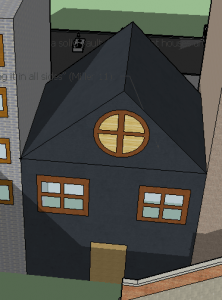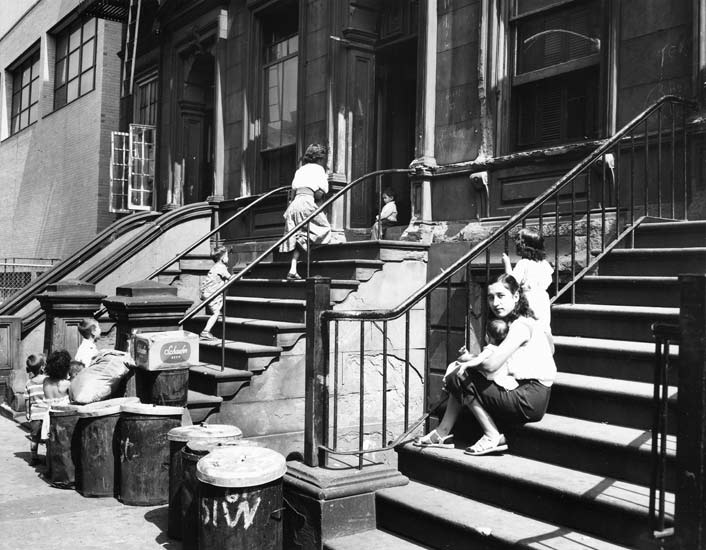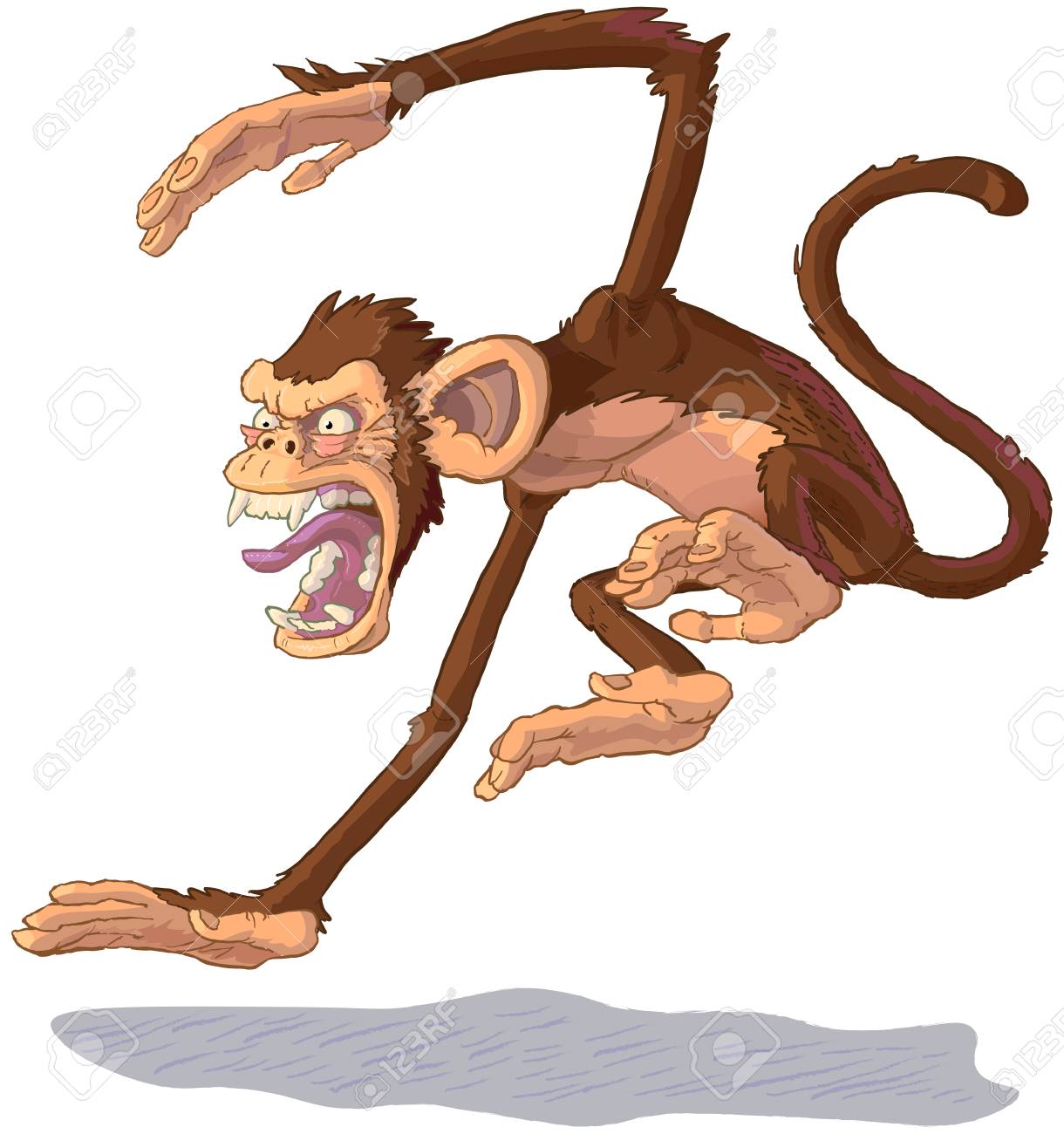Nathan Reddy
Mar 1st, 2019
English 11
Mr. Barazzuol
A Sound of Thunder – Paragraph One
The short story, “A Sound of Thunder,” by Ray Bradbury is about a hunter, using
a time machine, going back 60 million years into the past to kill a dinosaur. The
theme of the original story is how small changes can impact many different
paths within history and society. In recreating this short story, the new theme
that will be applied to this story is about how even though these small changes
happen, one can prevent it from happening, thus altering and resetting history
and society for how it originally was. Some original techniques of suspense
in the short story are keeping the stakes high, applying pressure, complicating
matters, and making situations unpredictable. The new techniques that will be
used in the short story are the same as the original ones. The stylistic choices
that are made include a new ending type, different techniques of suspense, and
the conclusion. In the original ending of this short story, the hunter, Eckles, after
he accidently alters history by breaking a rule, is sentenced to execution by the
stories team leader, Travis. This ending type of this story is most likely either
expository sad or cliff-hanger. The new ending for this short story will be,
instead of Eckles dying, him being forced by Travis to go back alone 60 million
years into the past and prevent his past-self from ever leaving the path in the
first place, this type of ending will be expository happy and cliff-hanger. In
conclusion, time travel is unique and an interesting thing to do, but this short
story explains how negative results can occur when one changes one little thing
in the past.
A Sound of Thunder – Paragraph Two
Eckels gave out a long, low cry as if in pain. He dropped to his knees. He tried to
pick up the green and gold butterfly with shaking fingers. “Can’t we,” he pleaded
to the world, to himself, to the officials, to the Machine, “can’t we take it back,
can’t we make it alive again? Can’t we start over? Can’t we…”
He did not move. Eyes shut, he waited, shivering. He heard Travis breathe
loudly. He heard Travis lift his rifle, click the safety catch, and raise the weapon.
Then Travis put down his weapon and demanded Eckles to stand on his feet.
Travis then demanded Eckles to use the time machine to go back to the past
again and stop Eckles past-self from leaving the path, thus preventing the
butterfly from dying, and restoring the original future. At first Eckles refuses,
but then Travis forces him into the time machine by pointing his rifle at him.
Once he is inside, Travis activates the machine and, yesterday, the day before,
last week, 2016, 1997, 1957, Gone! Eckles was gone, along with the machine.
When the machine stops, Eckles steps outside and, moments later, sees the
Safari team. As future Eckles waits patiently for past Eckles to play out the exact
same events future Eckles played out, the team encounters their target dinosaur
(as before). Future Eckles quickly runs up to his past-self and alerts him, past
Eckles, shocked to see future Eckles, learns from him of his mistake in the
future, before the dinosaur runs up to the team (as before). However, from what
future Eckles remembers what happens at this point, when everyone in the team
gets distracted by noticing two Eckles at the same time, the dinosaur manages to
pick up and devour Travis. After his death, future Eckles suddenly disappears,
seemingly being erased from reality since Travis would have never forced him to
come back here alone. A giant tree branch then breaks off and crashes on the dinosaur, killing it originally as it was supposed to die. The remaining four
survivors of the team then flee back to their time machine and return to the
future. When they arrive, past/present Eckles learns that his future-self
succeeded in restoring the original future, and with Travis now dead, the team
makes Eckles their new Safari leader. As a proud and honored Eckles thanks
them,
there was suddenly a sound of thunder.
Part 2:






:no_upscale()/cdn.vox-cdn.com/uploads/chorus_asset/file/11442063/GettyImages_174448370.jpg)







/https://www.thestar.com/content/dam/thestar/news/world/2015/06/06/monkey-malaria-in-humans-on-the-rise/macaque-monkey.jpg)





